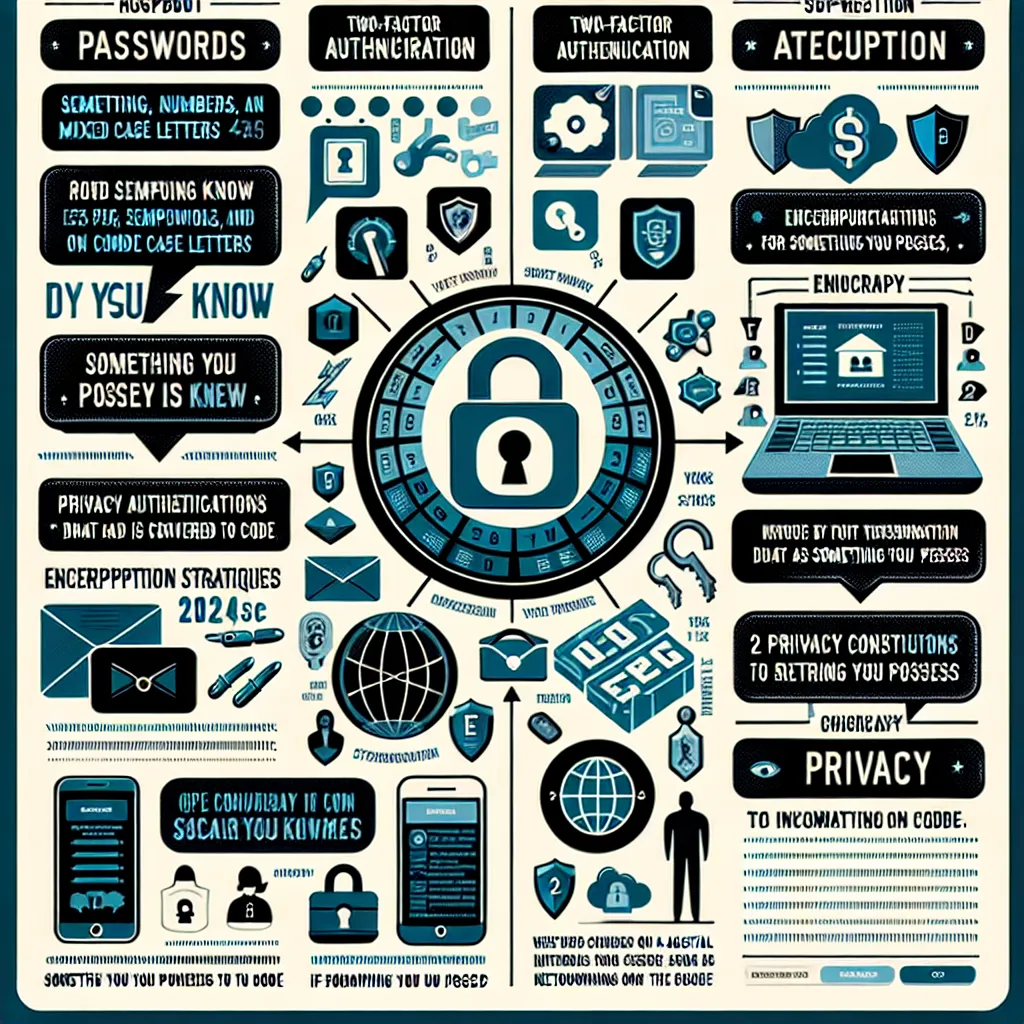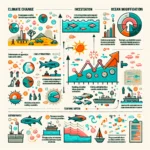The IELTS Reading section is a crucial component of the test, assessing your ability to comprehend complex texts and extract relevant information. Today, we’ll focus on a topic that has become increasingly important in our digital age: “How to protect personal data online.” This subject has appeared frequently in IELTS exams over the past few years, reflecting its growing significance in our interconnected world. Given the rapid advancements in technology and the constant evolution of online threats, it’s highly likely that this theme will continue to feature in future IELTS tests. Let’s dive into a practice reading passage to help you prepare for this potential topic.
 Online Data Protection Measures
Online Data Protection Measures
Reading Passage
The Digital Era’s Double-Edged Sword: Safeguarding Personal Data Online
In today’s interconnected world, the internet has become an integral part of our daily lives, offering unprecedented convenience and access to information. However, this digital revolution comes with its own set of challenges, particularly concerning the protection of personal data. As we increasingly conduct our personal and professional affairs online, the risk of our sensitive information falling into the wrong hands has grown exponentially.
The threats to our online privacy are diverse and ever-evolving. Cybercriminals employ sophisticated techniques to breach security systems and steal personal data, which can be used for identity theft, financial fraud, or sold on the dark web. Moreover, even legitimate businesses and organizations sometimes mishandle or misuse the personal information entrusted to them, leading to data breaches or privacy violations.
To combat these risks, individuals must adopt a proactive approach to protecting their personal data online. One of the fundamental steps is to use strong, unique passwords for each online account. A robust password should be at least 12 characters long, combining uppercase and lowercase letters, numbers, and symbols. Password manager tools can help generate and securely store complex passwords, eliminating the need to remember multiple combinations.
Two-factor authentication (2FA) adds an extra layer of security by requiring a second form of verification beyond just a password. This could be a code sent to your phone, a biometric scan, or a physical security key. Enabling 2FA on all accounts that offer this feature significantly reduces the risk of unauthorized access, even if a password is compromised.
Encryption is another powerful tool in the data protection arsenal. When data is encrypted, it’s converted into a code that can only be deciphered with the correct key. Using encrypted messaging apps for communication and ensuring that websites use HTTPS (look for the padlock icon in the address bar) when transmitting sensitive information are essential practices.
Regular software updates are crucial for maintaining the security of your devices. These updates often include patches for newly discovered vulnerabilities that could be exploited by hackers. Setting your devices to update automatically ensures you’re always protected against the latest threats.
Being cautious about the information you share online is equally important. Social media platforms, while useful for connecting with others, can also be a goldmine for cybercriminals looking to gather personal data. Reviewing and tightening privacy settings on these platforms, and being selective about the information you post, can help mitigate this risk.
Public Wi-Fi networks, while convenient, pose significant security risks. These networks are often unsecured, making it easy for hackers to intercept data transmitted over them. Using a Virtual Private Network (VPN) when connecting to public Wi-Fi encrypts your internet traffic, protecting your data from prying eyes.
Phishing attacks, where criminals attempt to trick you into revealing sensitive information by posing as legitimate entities, remain a prevalent threat. Being vigilant about unexpected emails, messages, or phone calls asking for personal information is crucial. Always verify the source independently before providing any sensitive data.
As technology continues to advance, new challenges in data protection will inevitably arise. However, by staying informed about the latest security practices and implementing them diligently, individuals can significantly reduce their vulnerability to online threats. In this digital age, protecting personal data is not just a matter of security—it’s an essential aspect of preserving our privacy and autonomy in an increasingly connected world.
Questions
True/False/Not Given
- The internet has made our lives more convenient but also increased risks to personal data.
- Cybercriminals only use basic techniques to steal personal information.
- Using the same password for multiple accounts is a safe practice.
- Two-factor authentication provides an additional layer of security beyond passwords.
- Encryption converts data into a code that anyone can easily decipher.
- Software updates are unnecessary for device security.
- Social media platforms pose no risk to personal data security.
Multiple Choice
-
What is the recommended minimum length for a strong password?
A) 8 characters
B) 10 characters
C) 12 characters
D) 15 characters -
Which of the following is NOT mentioned as a form of two-factor authentication?
A) A code sent to your phone
B) A biometric scan
C) A physical security key
D) A security question -
What does HTTPS indicate?
A) The website is popular
B) The website uses encryption
C) The website is government-approved
D) The website is ad-free
Short Answer Questions
- What tool can help generate and store complex passwords? (Maximum 2 words)
- What type of network should be used when connecting to public Wi-Fi for better security? (Maximum 3 words)
- What type of attack involves criminals posing as legitimate entities to trick people into revealing sensitive information? (Maximum 1 word)
Matching Headings
Match the following headings to the correct paragraphs in the passage. There are more headings than paragraphs, so you will not use all of them.
A) The importance of software updates
B) The risks of public Wi-Fi
C) The balance of convenience and risk in the digital age
D) Encryption: A key tool for data protection
E) The evolution of cyber threats
F) Social media and personal information sharing
G) Password management strategies
H) The future of data protection
- Paragraph 1
- Paragraph 5
- Paragraph 7
- Paragraph 9
Answer Key
-
True – The passage states that the internet offers convenience but also challenges in protecting personal data.
-
False – The passage mentions that cybercriminals use “sophisticated techniques.”
-
False – The passage recommends using unique passwords for each account.
-
True – The passage describes 2FA as adding “an extra layer of security.”
-
False – Encryption is described as a code that can only be deciphered with the correct key.
-
False – The passage emphasizes the importance of regular software updates for security.
-
Not Given – The passage mentions risks associated with social media but doesn’t state they pose no risk.
-
C) 12 characters – The passage states that a robust password should be “at least 12 characters long.”
-
D) A security question – This option is not mentioned in the passage as a form of 2FA.
-
B) The website uses encryption – The passage mentions HTTPS in the context of encryption for transmitting sensitive information.
-
Password manager
-
Virtual Private Network
-
Phishing
-
C) The balance of convenience and risk in the digital age
-
D) Encryption: A key tool for data protection
-
F) Social media and personal information sharing
-
B) The risks of public Wi-Fi
Common Mistakes
When tackling a reading passage like this, students often make the following mistakes:
- Overlooking key words: In True/False/Not Given questions, missing crucial words like “only” or “all” can lead to incorrect answers.
- Making assumptions: For Not Given answers, students sometimes use their own knowledge instead of relying solely on the passage.
- Time management: Spending too much time on difficult questions at the expense of easier ones.
- Misinterpreting complex sentences: The passage contains some complex structures that require careful reading to understand fully.
Vocabulary
- Unprecedented: (adjective) /ʌnˈpresɪdentɪd/ – never done or known before
- Exponentially: (adverb) /ˌekspəˈnenʃəli/ – rapidly and dramatically
- Proactive: (adjective) /prəʊˈæktɪv/ – creating or controlling a situation rather than just responding to it
- Biometric: (adjective) /ˌbaɪəʊˈmetrɪk/ – relating to or involving the application of statistical analysis to biological data
- Vulnerability: (noun) /ˌvʌlnərəˈbɪləti/ – the quality or state of being exposed to the possibility of being attacked or harmed
Grammar Focus
Complex sentences with multiple clauses are common in academic texts like this. For example:
“As we increasingly conduct our personal and professional affairs online, the risk of our sensitive information falling into the wrong hands has grown exponentially.”
This sentence combines a dependent clause (As we increasingly…) with an independent clause (the risk… has grown exponentially). Understanding these structures is crucial for comprehending complex ideas in IELTS reading passages.
Tips for IELTS Reading Success
- Practice active reading: Engage with the text by underlining key points and making mental summaries as you read.
- Improve your vocabulary: Regularly learn new words and their contexts to handle complex texts more easily.
- Develop time management skills: Allocate your time wisely across all questions, ensuring you have time to attempt every question.
- Use the skimming and scanning techniques: Quickly identify main ideas and locate specific information.
- Pay attention to transition words and paragraph structure: These can help you understand the flow of ideas and the author’s argument.
- Read the questions carefully: Ensure you understand exactly what each question is asking before searching for the answer.
- Don’t rely on prior knowledge: Base your answers solely on the information provided in the passage.
By following these tips and regularly practicing with passages on various topics, you’ll be well-prepared to tackle the IELTS Reading section, including passages on contemporary issues like online data protection.
For more information on related topics, you might find these articles helpful:
- Challenges of Data Privacy in the Digital Age
- How Does the Use of AI in Cybersecurity Affect Data Protection?
- What Are the Effects of the Internet on Privacy and Data Security?
Remember, consistent practice and familiarity with various question types are key to achieving a high score in the IELTS Reading section. Good luck with your preparation!


